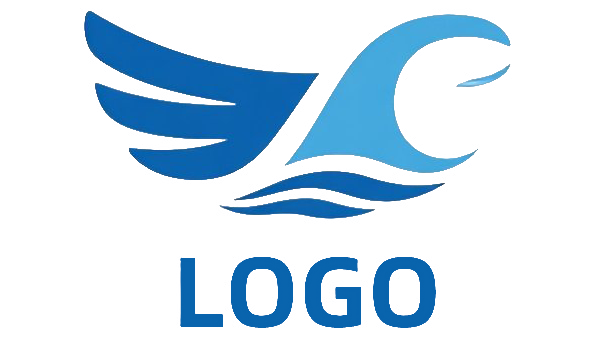Shows that maximizing economic efficiency (minimizing Levelized Cost of Ammonia, LCOA) often requires curtailing intermittent renewables, and introduces the metric LCOU (Levelized Cost of Utilization). It provides a framework for designing integrated green ammonia plants accounting for renewable intermittency and synthesis flexibility.
Evaluates transforming conventional HB ammonia plants to operate with green hydrogen, assessing pathways including PEM and SOEC electrolyzers and electrochemical nitrogen reduction (e‑NRR). Emphasizes decarbonization potential, energy system synergies, scalability, and the critical challenges for adoption.
Analyzes a full Power-to-Ammonia plant layout: renewable generation, hydrogen/nitrogen supply, synthesis, and storage. Highlights flexible operation strategies, energy storage optimization, load-ramping in HB synthesis, and cost sensitivity analyses in Italian case studies—optimal LCOA ≈ 0.59 USD/kgNH₃ under 2050 cost assumptions.
This open-access study benchmarks Alkaline Electrolysis (AEC) vs. Solid Oxide Electrolysis (SOEC) directly integrated with a Haber–Bosch loop. It focuses on system integration, heat recovery strategies, process intensification, and techno-economic projections, estimating future green ammonia cost (~495 €/t by 2050 with SOEC integration).





